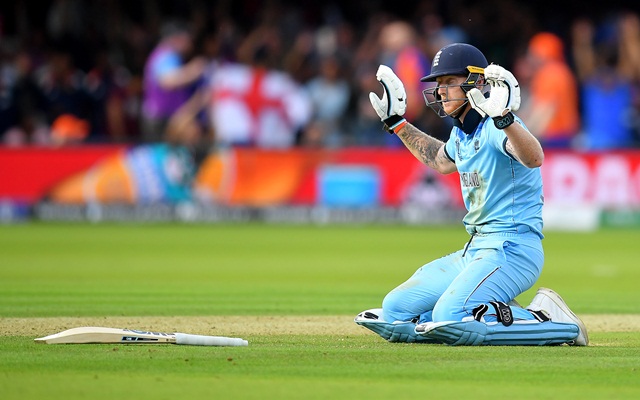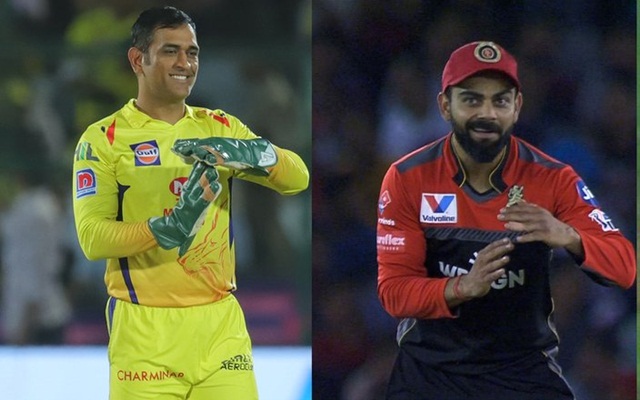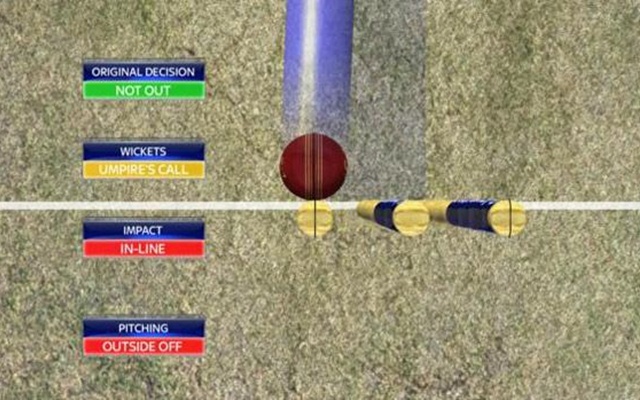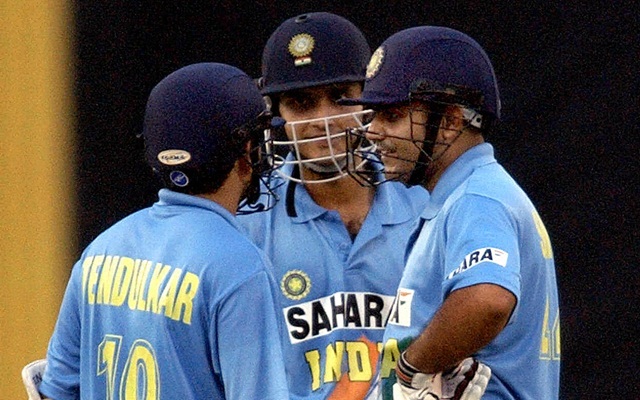5 Rules that should be scrapped by the ICC
ICC should definitely consider scrapping these rules.
2 Min Read

In any sport, rules are taken very seriously. No player is above the rules and even if it might seem plausible to allow a player a benefit in a situation, rules should be considered first. However, there are certain rules which might not be fair on both teams in a particular match.
For instance, in the final of the ICC Cricket World Cup 2019, we witnessed something incredible. New Zealand who tied the match and then the super over with England, were not adjudged as the winner or shared winner, as according to the rule, the team which had hit more boundaries in the match was awarded the match in such a situation.
After a lot of backlashes, ICC scrapped that rule and introduced a new rule which said the teams would keep playing super overs until they find a proper winner.
Here are some more rules which ICC should consider removing:
1. DRS dead-ball rule

Well, this situation hasn’t occurred in international cricket yet but then it could happen any day. Here is a thing about the DRS rule, if a batsman is adjudged out and while the umpire calls it, he runs for a single and completes the run, that one run won’t be counted. This seems fair but what if the batsman wasn’t out but decides to review the decision.
If he reviews the decision and the third umpire gives the decision in his favour, that one run which he just missed won’t be added to the team total or his score. So basically, every time the third umpire overrules a decision, the batsman loses an opportunity of sneaking a quick run.
Now, imagine a situation where a team require two runs to win off the last delivery. The ball hits the batsman on the pads, he runs for a single but the umpire adjudges him out. However, he takes a DRS and then is saved by the third umpire.
The batsman will remain not-out but that one runs which his team needed to ensure a tie will not be recounted. So, the batting team will lose the match because the umpire didn’t make the correct decision. We do feel ICC should look into this and scrap this rule before a team suffers a fate like it happened with New Zealand last year.
2. Umpire’s call concept

Staying on DRS, there is one more thing which has been debated for quite some time now. The DRS was introduced to make reduce the howlers from the umpires but it has ended up being complicated for the viewers thanks to its umpire’s call concept.
The rule says that the ball should hit the stumps in a way that more than 50% of seam of the ball should be in line with the stumps (for all three- pitching, impact and the ending position of the ball). If the ball eventually goes on to hit the stumps but doesn’t cover more than 50% of the seam, then the outcome is given as umpire’s call. In this case, the call which the umpire originally made stays.
Well, this entire concept does give a margin for error to the umpires but experts have argued that anything that barely hits the stumps should be given out. In our opinion, ICC should do away from the umpire’s call concept. There should only two options, hitting or missing. If the ball is even vaguely hitting the stumps, the batsman should be adjudged out while if the ball is missing the stumps, then it should be given not out. This will clear the confusion for the fans too.
3. Overthrow after hitting the bat

Well, one could say that this rule cost New Zealand a World Cup trophy. During the final of the ICC Cricket World Cup 2019, England needed nine runs to win from three balls. Ben Stokes hit the ball towards the deep mid-wicket region. He ran two but when Martin Guptill threw the ball back to the keeper, the ball, unfortunately, hit Ben Stokes‘ bat, who was attempting a slide to make sure he doesn’t get run out. As he was sliding into the crease, the ball hit his bat only to deflect it to the boundary.
Umpire Kumar Dharmasena offered six runs to England (two for running and four for overthrows), which reduced the equation to three runs from two balls. Had it not been for this rule, New Zealand would have won the match and that infamous super over wouldn’t have ever happened.
ICC should scrap this rule as clearly it could cost the bowling team a few runs. ICC did scrap the boundary count rule which was in use for the super over, but there hasn’t been any comment regarding this one.
4. No runner rule

During the ICC Cricket World Cup 2011, Virender Sehwag played a superb knock of 175 runs against Bangladesh in the opening match. If you ever go back and watch that knock, you might see something which you won’t be able to relate with. Towards the end of the innings, you would see Gautam Gambhir on the field running for Sehwag as the dashing opener limps his way.
Gambhir in that match was acting as a runner for his teammate Sehwag as he was struggling to run. This was quite something back in the day. Batsmen were allowed to have a runner if they felt they weren’t able to run between wickets. However, in October 2011, a few months after Sehwag’s 175, the rule was scrapped by ICC.
Since then ICC has strictly followed the no runner rule in international cricket and any other match regulated by the ICC rules. It would be nice if they decide to do away with the no runner rule and allow the batsman a luxury to have a runner when he wants to continue batting but is not able to run between wickets.
5. Two new balls on either end in ODIs

After the 2015 world cup, ICC came up with a new rule as far as balls were concerned. In an ODI match, two different new balls were in use from either end. Previously, the rule stated that after 34 overs, a second new ball would be introduced in the game which will then be used for the last 16 overs of the innings.
In fact, before this, there wasn’t any concept of having two separate balls in an ODI. During that time, bowlers would get a hint of reverse swings with the white ball as well. However, with two new balls at either ends have led to the bowlers not getting a lot of reverse swing as the ball is never more than 25 overs old.
It would be great if ICC can scrap this rule and allow bowlers to enjoy some reverse swing towards the latter half of the innings when batsmen anyway going after the bowling.
Download Our App